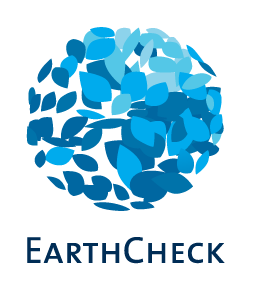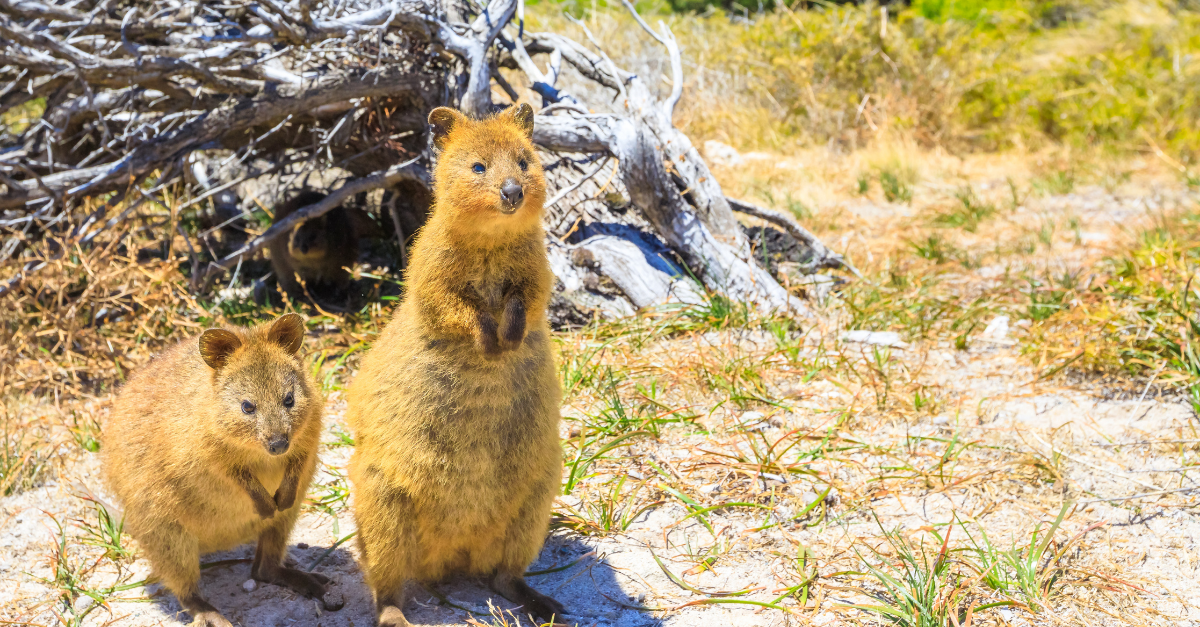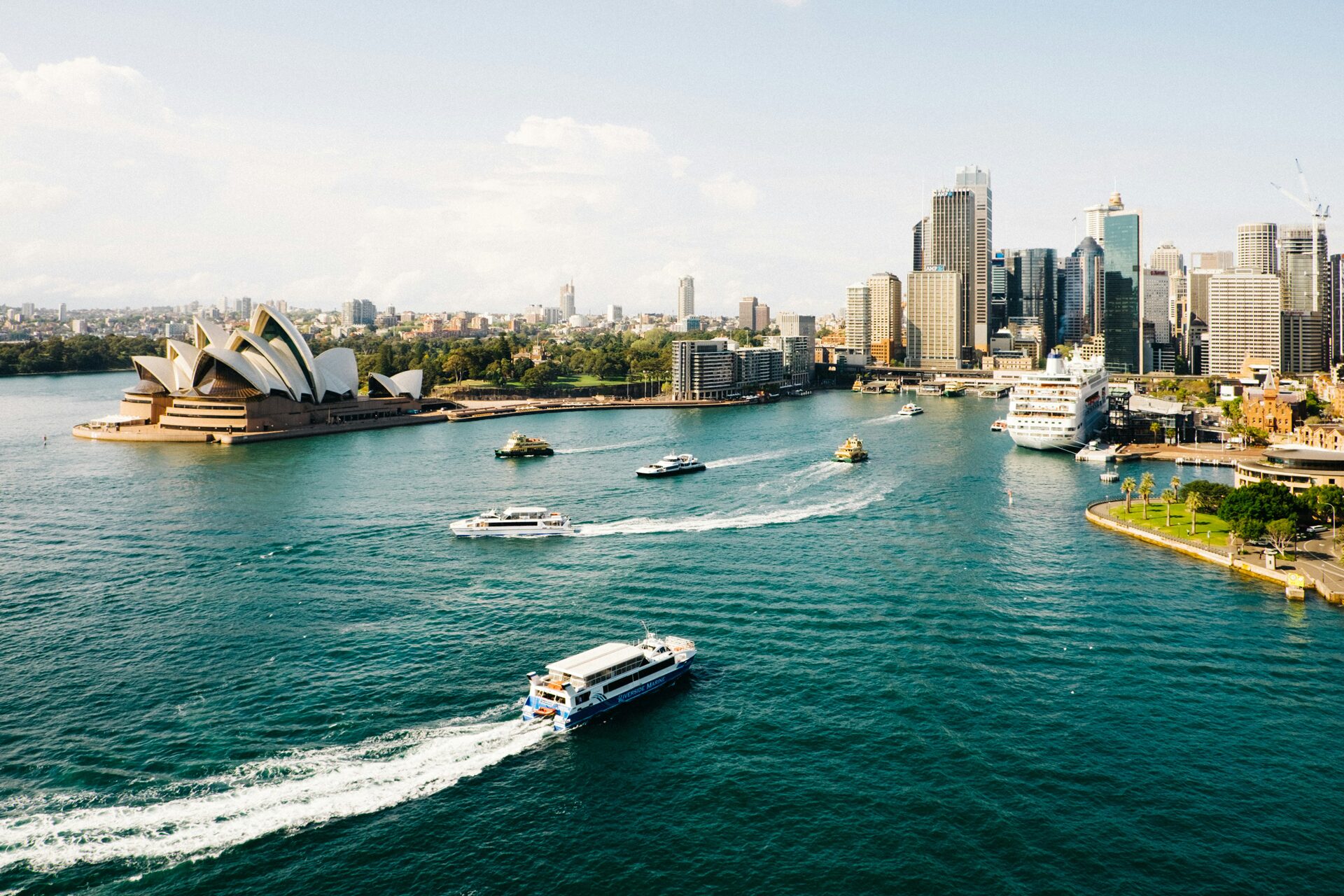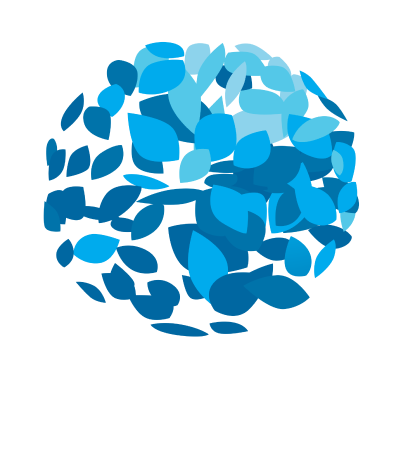The transition to a low carbon economy has rapidly accelerated around the world. The interruption of Covid-19 has been seized by governments and industries as an opportunity to rethink how the risks of climate change should now be considered. The result is increasing accountability for corporate boardrooms and elected officials to be able to answer: what are you doing to address the impacts of climate change?
The first answer is to align current operations with a plan to mitigate the worst effects of climate change by reducing greenhouse gas emissions. International treaties such as the Paris Agreement require participating nations to develop net zero emissions strategies in an effort to limit global temperature rise below 2°C. With the next United Nations meeting in the EarthCheck Destination of Glasgow (COP26, November 2021) it is widely expected that these goals will be tightened and timelines for Net Zero 2050 moved up. In order to keep pace with accelerating requirements, decision makers must be accounting for their present impacts and working to continually minimise their own emissions.
The second answer is to consider the long-term impacts of climate change within risk assessments. How prepared is the business or community to be resilient in the face of fluctuations and permanent shifts brought on by climate change? As has been stated, actions to reduce the impacts of climate change must be made today, but it is also important to consider how steps taken today can simultaneously minimise risk.
By addressing both parts of this question, responsible parties can have assurance that they are taking the necessary steps to ensure that short-term strategy is relevant to address long-term realities. Decarbonisation is a holistic approach to addressing both parts of the climate change question.
So what is Decarbonisation?

At the most basic level, decarbonisation is the process of removing the greenhouse gas emissions from processes and operations. To systematically approach this task, EarthCheck has devised five Key Target Areas: ENERGY, WASTE, WATER, TRANSPORT AND CLIMATE CHANGE RESILIENCE. The term decarbonisation speaks to the conversion of all activities within this scope to a tonnes of carbon dioxide equivalent (tCO2-e) metric. In this way, the actions undertaken to address the five key target areas have a direct impact on reducing the measurable greenhouse gas emissions of the facility, precinct or community.
By framing decarbonisation with these five key target areas, EarthCheck is able to systematically address the mitigation of climate change impacts through current emissions reduction while also dealing with adaptations to climate change that consider risk and resilience for the future. This holistic approach is critical to ensuring that immediate actions lead to successful long-term outcomes.
What’s an example?
The EarthCheck Gold Certified Destination of Rottnest Island is committed to increasing renewable energy penetration and minimising environmental impacts including greenhouse gas emissions. Renewable energy technologies are ever improving, allowing them to obtain energy from natural resources that can be constantly replenished.
Electric power on the Island is generated and supplied through an integrated power generation system including a 600kW wind turbine, 600kW solar farm and a power generation plant with low-load diesel and standard diesel generators.
The Island Authority has even developed an app for those interested in seeing real-time energy demands and provisions on the Island.

You can download the app for your iPhone or Android today!
The app will take you on a journey through the exciting renewable energy scheme that is making Rottnest Island more self-sufficient and sustainable. Use the app to explore the Island, visit the solar farm and wind turbine and discover ways to reduce your ecological footprint. Don’t forget to look out for the educational signs dotted across the Island!
Wind Turbine

The Rottnest Island wind energy project has been evolving from as far back as 1979. Construction of several wind turbines on Rottnest Island was proposed as part of a plan to find the most effective and least costly electricity supply to remote locations. Two original wind turbines of different design were erected on Forbes Hill, however difficulties experienced by these turbines led to their removal in the early 1990s. Prior to the installation of the new wind turbine generator in December 2004, Rottnest Island was totally reliant on liquid petroleum fuels for power generation.
Solar Farm
Rottnest Island is moving towards a sustainable future by increasing the amount of renewable energy used to create electricity on the Island, and by better integrating the availability of renewable energy with electricity demand. In 2017, Rottnest Island constructed a 600kW solar farm, with associated control systems, energy efficiency improvements, and technologies to better manage demand, including the use of excess renewable energy to power the Island’s water desalination plant.
It is anticipated that current renewable energy systems, including the existing wind turbine, solar PV, control system upgrade, demand side management and energy efficiency through water use improvements via the WWTP upgrade, will result in 45% of the Island’s energy (electrical) supply within the next 5 years sourced from renewable energy. Rottnest is one of only a few small islands worldwide to have achieved this benchmark.
If you’d like to find out if decarbonisation is right for your destination or organisation please visit the link here.
For further examples of how EarthCheck supports destinations towards decarbonisation please view our Great Barrier Reef case study here.








